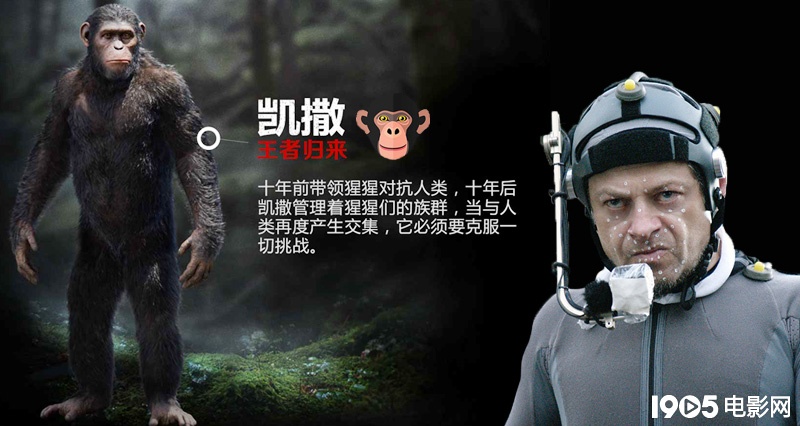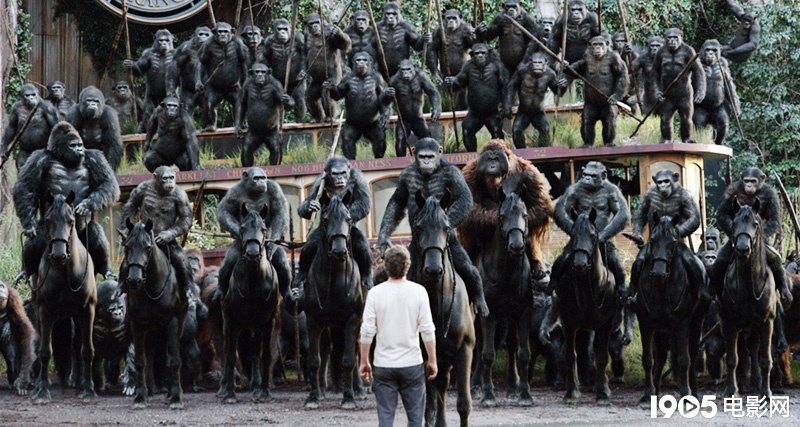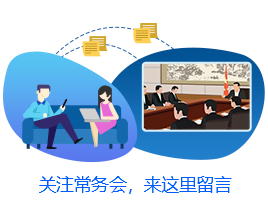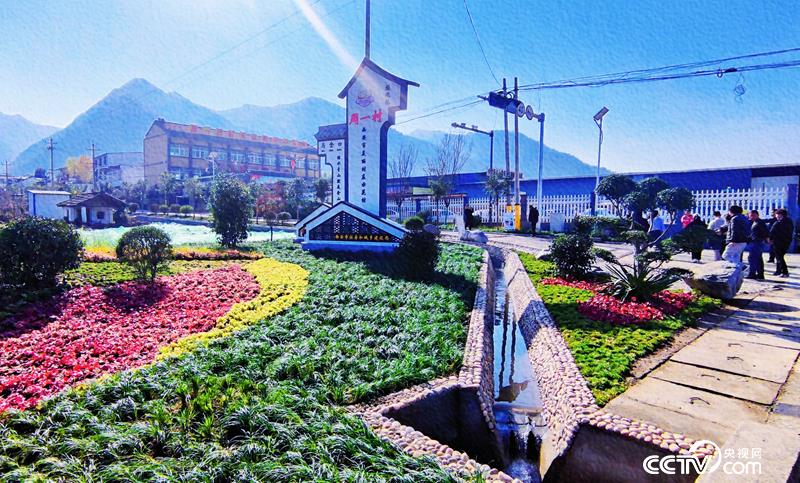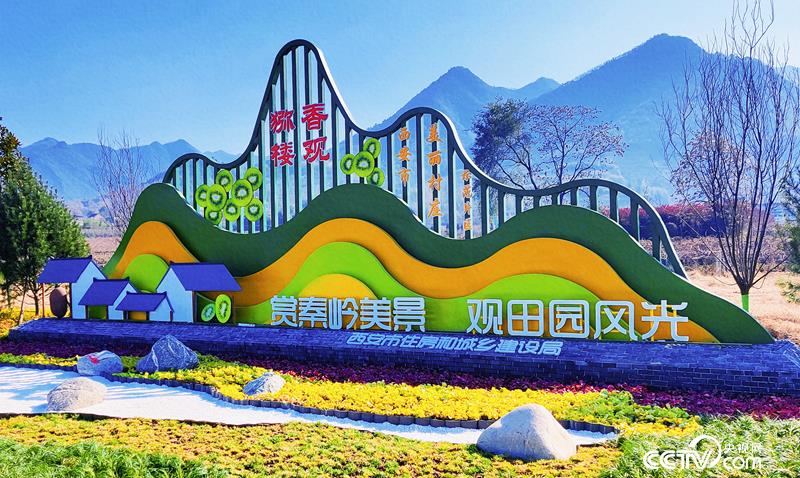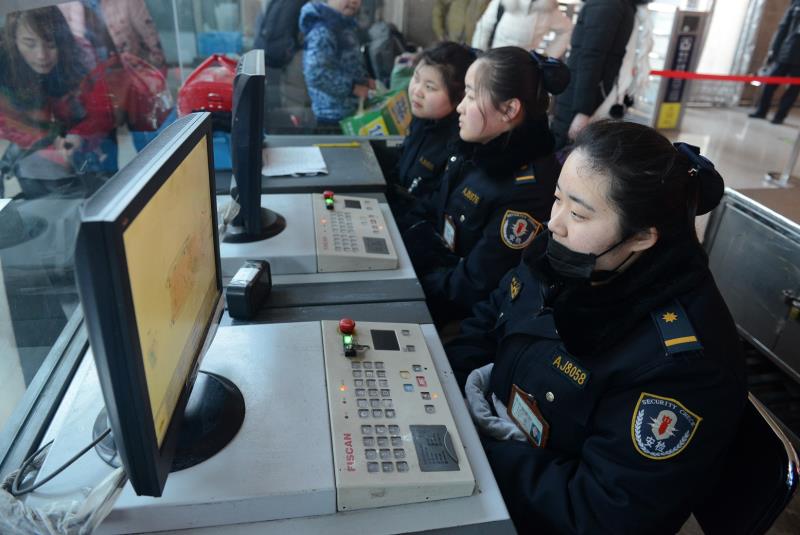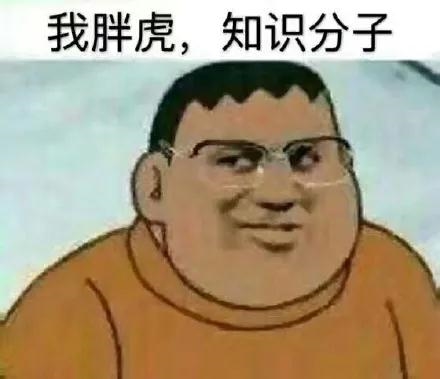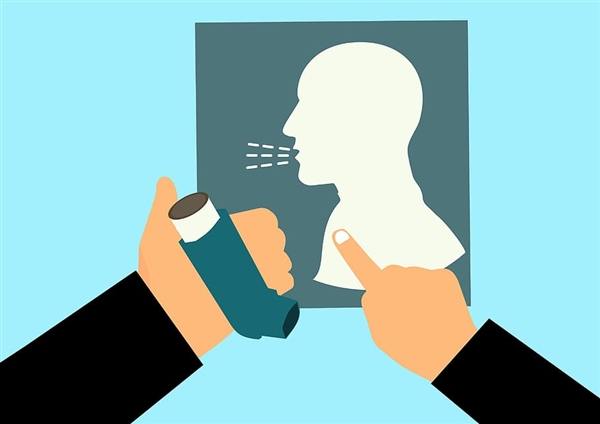Ten groups of tax data reflect the new historical achievements in China’s economic and social development during the 13 th Five-Year Plan period
During the "Thirteenth Five-Year Plan" period, under the strong leadership of the CPC Central Committee with the Supreme Leader as the core, the main objectives and tasks of the "Thirteenth Five-Year Plan" were successfully completed, and the great rejuvenation of the Chinese nation took a big step forward. Premier Li Keqiang pointed out in his government work report in 2021 that during the 13th Five-Year Plan period, China’s economic and social development made new historic achievements. Ten sets of tax data fully reflect this point.  
In the past five years, the total tax reduction and fee reduction has exceeded 7.6 trillion yuan   The macro tax burden is decreasing year by year.
The General Secretary of the Supreme Leader pointed out that tax reduction and fee reduction policies and measures should take root and let enterprises go into battle lightly. This year’s government work report showed the transcripts of tax reduction and fee reduction in 2020, which reduced the burden on market players by more than 2.6 trillion yuan, including 1.7 trillion yuan in social security fees. Statistics from the State Administration of Taxation show that during the "Thirteenth Five-Year Plan" period, the scale of new tax reduction and fee reduction in five years totaled more than 7.6 trillion yuan.
During the "Thirteenth Five-Year Plan" period, the CPC Central Committee and the State Council accurately implemented counter-cyclical economic adjustment and introduced a series of tax reduction and fee reduction policies in an orderly manner. In 2016-2018, we will comprehensively push forward the pilot reform of the camp, degenerate and reduce the value-added tax rate, and raise the standard of individual tax deduction. In 2019, a larger scale of tax reduction and fee reduction will be implemented. In 2020, seven batches of 28 preferential tax and fee policies will be introduced to support epidemic prevention and control and economic and social development. With the implementation of a series of tax reduction and fee reduction policies by the CPC Central Committee and the State Council, China’s macro tax burden (that is, the proportion of tax revenue to GDP in general public budget revenue) was 17.47%, 17.35%, 17.01% and 16.02% respectively from 2016 to 2019, and further decreased to 15.2% in 2020, compared with 18% in 2015 at the end of the Twelfth Five-Year Plan.
Support for innovation and tax reduction totaled over 2.5 trillion yuan   Cultivate and expand new kinetic energy
General Secretary of the Supreme Leader pointed out that independent innovation is an urgent requirement and an important support to promote high-quality development and kinetic energy conversion. We must create conditions and atmosphere, mobilize the enthusiasm of innovation in all aspects, and make every innovation fully generate. In this year’s government work report, Premier Li Keqiang pointed out that during the 13th Five-Year Plan period, China achieved fruitful results in building an innovative country. In recent years, the tax policies supporting scientific and technological innovation have been continuously optimized and improved, and the intensity of tax incentives for innovation has been continuously increased, which has effectively promoted enterprises to increase investment in R&D and guided innovative resources to gather in enterprises, which has played an important role in promoting the implementation of innovation-driven development strategy and the construction of an innovative country.
According to the tax data, during the 13th Five-Year Plan period, the tax reduction and exemption amount of China’s tax policy to encourage scientific and technological innovation increased by 28.5% annually, and the accumulated tax reduction in five years was 2.54 trillion yuan. Tax incentives are more beneficial to manufacturing and high-tech service industries. Manufacturing, information transmission and information technology service industries, scientific research and technical service industries enjoy tax reductions totaling nearly 90%.
From the breakdown data, the number of enterprises enjoying the R&D expenses plus deduction policy in China has increased from 53,000 in 2015 to 339,000 in 2019, an increase of 5.4 times in five years; The tax reduction and exemption increased from 72.6 billion yuan to 355.2 billion yuan, and reached 360 billion yuan in 2020, with an average annual increase of 37.8%. The deduction of R&D expenses continued to increase, which effectively stimulated the R&D investment and innovation vitality of enterprises. The national R&D investment increased from 1.42 trillion yuan in 2015 to 2.44 trillion yuan in 2020, achieving double-digit annual growth and becoming the second largest R&D investment country in the world.
During the "Thirteenth Five-Year Plan" period, the support of various policies, including tax incentives, continued to increase, which effectively promoted the vigorous development of the new economy and new kinetic energy and accelerated the construction of a modern industrial system. According to the tax data, the industries related to the digital economy are growing rapidly. From 2016 to 2020, the tax revenue will grow at an average annual rate of 7.2%, which is 3 percentage points faster than the national overall level. According to the data of VAT invoices, during the Thirteenth Five-Year Plan period, the sales revenue of leading enterprises in the "four basics" industries such as core basic parts, advanced basic processes, key basic materials and industrial technology foundations increased from 1.09 trillion yuan in 2017 to 1.47 trillion yuan in 2020, with an average annual growth rate of 10.8%. The sales revenue of China’s high-tech industry increased by 21.3% annually, which was 5.1 percentage points higher than the national average, among which the sales revenue of high-tech service industry increased by 28% annually, which was 11.8 percentage points higher than the national average.
The green tax system is constantly improving   The comprehensive energy consumption intensity of key tax source enterprises decreased by 6.6%.
General Secretary of the Supreme Leader pointed out that it is necessary to firmly establish the concept of Lucid waters and lush mountains are invaluable assets, promote green development, and fight for the defense of blue sky, clear water and pure land. This year’s government work report summarizes the achievements of China’s green development during the "Thirteenth Five-Year Plan" period, pointing out that China’s pollution prevention and control efforts have increased, the efficiency of resource and energy utilization has improved significantly, and the ecological environment has improved significantly. In the process of promoting green development, the green tax system plays an important role. Since the "Thirteenth Five-Year Plan", focusing on the implementation of new development concepts, China has accelerated the reform of resource tax and environmental protection tax, promoted the rational development and utilization of resources and the clean and energy-saving production of enterprises, and successively issued a series of preferential policies, such as tax relief to support emission reduction and tax credit for equipment investment, to guide enterprises to increase green investment and take the initiative in green transformation, to accelerate the development of green industries and to help build a beautiful China.
In July 2016, the reform of resource tax ad valorem was pushed forward in an all-round way, and a direct linkage mechanism between tax revenue and resource price was established, which better played the role of tax adjustment and promoted the rational development and sustainable utilization of resources. During the Thirteenth Five-Year Plan period, the resource tax revenue totaled 750.9 billion yuan, an increase of 62.3% over the Twelfth Five-Year Plan period, including 175.5 billion yuan in 2020, an increase of 72 billion yuan over 2015, with an average annual growth rate of 11.1%. In particular, the reform of water resource tax has optimized the water use structure and effectively curbed groundwater overexploitation. In 2020, the proportion of groundwater consumption in 10 pilot provinces such as Beijing and Hebei was 33.5%, which was 8 percentage points lower than that in 2016 before the reform. In the pilot provinces, the taxable groundwater intake in the over-exploited area in 2020 decreased by 19.3% compared with that in 2016; Since the reform, more than 8,000 taxpayers in the pilot provinces have stopped pumping groundwater and switched to surface water or tap water, shutting down more than 14,000 self-prepared wells.
The newly levied environmental protection tax has established a tax adjustment mechanism of "more emissions and more levies, less emissions and less levies, no emissions and no levies", and given tax relief incentives for low-standard emissions and centralized management, which effectively promoted the improvement of the ecological environment and green development. From 2018 to 2020, the environmental protection tax has accumulated to 63.15 billion yuan. In 2020, the emissions of sulfur dioxide and nitrogen oxides, the main air pollutants of taxpayers paying environmental protection taxes, decreased by 42.5% and 28.7% respectively compared with 2017 before the reform; The chemical oxygen demand and ammonia nitrogen emissions of major water pollutants decreased by 54.5% and 35% respectively compared with 2017 before the reform.
According to the tax data, during the 13th Five-Year Plan period, the amount of corporate income tax reduction by implementing investment credit policies including environmental protection equipment nationwide increased from 2.33 billion yuan in 2015 to 3.35 billion yuan in 2019, and it is expected to reach 3.5 billion yuan in 2020, with an average annual growth rate of 8.5%. This policy effectively guides enterprises to increase investment in technological transformation and environmental protection equipment. Since 2017, the invoice amount of environmental protection equipment purchased by enterprises nationwide has increased by 14.6% annually. The amount of preferential tax reduction for supporting emission reduction will increase by 7.2% in 2019 and 6% in 2020. Correspondingly, the comprehensive energy consumption intensity (per standard coal/operating income) of key tax source enterprises nationwide will decrease by 6.6% year-on-year. The increase and decrease reflect the positive incentive effect of tax reduction and exemption policies that guide environmental protection, and effectively play the positive role of tax leverage in controlling pollutant discharge.
The tax incentives for helping the poor increase by over 30% annually & ENSP; Helping to win the battle against poverty has achieved remarkable results.
General Secretary of the Supreme Leader solemnly declared at the national summary and commendation meeting on poverty alleviation that China has won a comprehensive victory in the fight against poverty. During the "Thirteenth Five-Year Plan" period, the tax authorities focused on the key areas and key links of poverty alleviation, such as ex situ poverty alleviation and relocation, employment of poor people, and poverty alleviation donations, and continuously increased tax policy support, fully released the tax reduction and fee reduction bonus, and supported the poverty alleviation. The amount of tax preferential policy relief increased from 26.3 billion yuan in 2015 to 74.2 billion yuan in 2019 and reached 102.2 billion yuan in 2020, with an average annual increase of 30.6%, making a positive contribution to resolutely winning the fight against poverty.
With the help of various precise poverty alleviation policies, poverty alleviation has achieved remarkable results, and the economy in poverty-stricken areas has accelerated. From the data of VAT invoices, from 2016 to 2020, the sales revenue of enterprises in 832 uncapped state-level poverty-stricken counties maintained rapid growth, with an average annual growth rate of 14.6%. Among them, the growth rate in 2016-2018 was 18.6%, 11.7% and 8.5% respectively, and it increased to 18.7% in 2019. Although affected by the COVID-19 epidemic in 2020, it still maintained the level of 15.9%, which was 9.9 percentage points higher than the national average, reflecting the good development trend of enterprises in poverty-stricken counties.
Tax data show that leading enterprises in poverty alleviation have a good momentum of development. Since 2016, the total profits of leading enterprises in poverty alleviation have increased by 43.9% annually, and the average profit per household has expanded from 1.08 million yuan in 2015 to 6.73 million yuan in 2020. The profit rate of enterprise sales will increase from 10.4% in 2015 to 15.4% in 2020, among which the manufacturing industry and wholesale and retail industry will increase from 9.5% and 3.3% to 9.9% and 4.3% respectively. Judging from the number of leading poverty alleviation enterprises with annual profits exceeding 10 million yuan, the number of households in 2020 is 5.1 times that of 2015.
The newly established tax-related market entities have increased by over 10 million households annually   Entrepreneurial vitality is effectively stimulated
General Secretary of the Supreme Leader emphasized that the market subject is the carrier of economic strength, and protecting the market subject means protecting social productive forces. We must do everything possible to protect market players and accumulate basic strength for economic development. Premier Li Keqiang emphasized that staying in the green hills will win the future. In recent years, large-scale tax reduction and fee reduction have deepened the "streamline administration, delegate power, strengthen regulation and improve services" reform, and the business environment has been continuously optimized, which has stimulated the vitality of market players and effectively promoted "mass entrepreneurship and innovation", and a large number of new market players have emerged. Statistics from the State Administration of Taxation show that during the "Thirteenth Five-Year Plan" period, the number of tax-related market entities newly established in China increased by over 10 million every year, showing the characteristics of high activity, strong vitality and good growth, which effectively promoted the sustainable development of economy and society.
During the "Thirteenth Five-Year Plan" period, the number of tax-related market entities newly established in China totaled 57.453 million, an increase of 26.074 million or 83.1% over the "Twelfth Five-Year Plan" period. In the same period, 24.039 million tax-related market entities were cancelled nationwide, which was offset by the cancellation of new offices. During the "Thirteenth Five-Year Plan" period, there were 33.414 million tax-related market entities nationwide, an increase of 77.3% compared with the end of the "Twelfth Five-Year Plan".
From the perspective of sub-industries, the proportion of modern service industry in the newly-established tax-related market has increased significantly, and the proportion of labor-intensive industries has decreased year by year. During the Thirteenth Five-Year Plan period, the proportion of newly established tax-related market entities in modern service industries such as leasing and business services, scientific research and technical services, information transmission and information technology services increased from 10%, 3.9% and 2.8% in 2015 to 13.7%, 5.5% and 3.8% in 2020 respectively. The proportion of newly established tax-related market entities in labor-intensive industries such as wholesale and retail, accommodation and catering is decreasing year by year, from 43.4% and 12.7% in 2015 to 37.3% and 7.6% in 2020 respectively.
The proportion of tertiary industry tax revenue increased to 58.1%  The development of new technology service industry was accelerated.
General Secretary of the Supreme Leader emphasized that the optimization and upgrading of industrial structure is a key measure to improve the comprehensive competitiveness of China’s economy. According to the tax data, during the Thirteenth Five-Year Plan period, with the continuous improvement of the quality of China’s economic development, the tax revenue of the tertiary industry has steadily increased from 56.5% in 2016 to 58.1% in 2020, which is 3.3 percentage points higher than that in 2015 at the end of the Twelfth Five-Year Plan period. Emerging industries have become a new growth point of tax revenue. The sales revenue of information transmission, software and information technology services has increased by 21.2% annually, which is significantly higher than the national overall level. The annual tax revenue has increased by 12.5%, which is 8.2 percentage points faster than the national tax revenue growth rate.
The private economy is developing rapidly   Sales revenue increased by 17.7% annually.
The CPC Central Committee and the State Council attached great importance to the development of private economy. On November 1, 2018, General Secretary of the Supreme Leader emphasized at the private enterprise forum that China’s private economy can only grow and not weaken. Premier Li Keqiang pointed out that efforts should be made to support the development of private enterprises and small and medium-sized enterprises. Statistics from the State Administration of Taxation show that during the Thirteenth Five-Year Plan period, there were 56.005 million tax-related market entities in the newly-established private economy, accounting for 97.5% of all newly-established tax-related market entities, and its proportion increased year by year, from 96.3% in 2015 to 98.7% in 2020, becoming the main force of newly-established tax-related market entities.
The data of VAT invoice shows that the private economy developed rapidly during the 13th Five-Year Plan period. From 2016 to 2020, the sales revenue of private economy increased by 17.7% annually, which was 1.5 percentage points higher than the national average. Among them, private enterprises and individual businesses grew rapidly, with an average annual growth rate of 22.5% and 20% respectively. The tax contribution of the private economy is also constantly improving. In 2020, the tax paid by the private economy accounted for 60.1% of the national tax revenue, an increase of 8.6 percentage points compared with 51.5% in 2015, which became an important support for stabilizing the national tax revenue.
From the perspective of sub-industries, the private manufacturing industry continues to grow and develop, and the proportion of sales revenue continues to increase. During the "Thirteenth Five-Year Plan" period, the sales revenue of manufacturing private enterprises increased by 14.7% annually, and the proportion of sales revenue increased by 6.7 percentage points. Private economy is the power source of economic endogenous growth, and this structural change also reflects the gradual shift of manufacturing industry to endogenous growth.
As the main force of China’s scientific and technological innovation, the private economy has continuously enhanced its innovation ability. Especially after the General Secretary of the Supreme Leader delivered an important speech at the private enterprise forum at the end of 2018, private enterprises have been innovative and energetic in generate, and their development has accelerated. According to the tax data, the proportion of private high-tech enterprises in the national high-tech enterprises increased from 92.1% in 2018 to 92.4% in 2020, and the proportion of private high-tech enterprises in the national high-tech enterprises increased from 66.2% in 2018 to 70% in 2020.
Manufacturing sales revenue increased by 11.2% annually & ENSP; High-tech manufacturing industry continues to grow and develop.
Manufacturing is the foundation of a country and a strong country. General Secretary of the Supreme Leader made a series of important instructions on the transformation and upgrading of "Made in China", emphasizing the high-quality development of manufacturing industry in a more prominent position. Premier Li Keqiang called for strengthening the industrial foundation, especially the manufacturing foundation, and expanding new kinetic energy. According to the data of VAT invoice, China’s manufacturing industry continued to grow and develop during the "Thirteenth Five-Year Plan" period, especially the high-tech manufacturing industry achieved rapid development, and the integration of manufacturing industry with information technology and science and technology service industry promoted each other. From 2016 to 2020, the sales revenue of manufacturing enterprises in China increased by 11.2% annually. High-tech manufacturing industry is the highlight of manufacturing industry development during the "Thirteenth Five-Year Plan" period, and the cumulative sales revenue has more than doubled, with an average annual growth rate of 15.1%. Some key products of automation, digitalization and intelligence have achieved breakthroughs, and their sales revenues have increased substantially. For example, the sales revenues of key products such as robots, industrial control systems, integrated circuits and optoelectronic devices have all exceeded 2 times, and the sales revenues of important equipment such as medical diagnostic equipment and new energy vehicles have also increased more than 2 times.
The tax revenue in the central and western regions accounts for more than 30%   Regional development is more coordinated.
General Secretary of the Supreme Leader emphasized that China’s economy has shifted from a high-speed growth stage to a high-quality development stage, which has put forward new requirements for coordinated regional development. This year’s government work report pointed out that during the "Thirteenth Five-Year Plan" period, major regional strategies were solidly promoted. Tax data show that regional development is more coordinated. From 2016 to 2020, the proportion of tax revenue in the central region increased from 15.6% to 16.5%, an increase of 0.9 percentage points; The proportion of tax revenue in the western region increased from 18.4% to 19%, an increase of 0.6 percentage points, and the total proportion in the central and western regions was 35.5%, an increase of 1.5 percentage points, further narrowing the gap with the eastern region.
Since the "Thirteenth Five-Year Plan", China’s regional tax policy system has been continuously optimized and accurately exerted, which has played an important role in promoting the coordinated development of the eastern and western regions. Two rounds of preferential policies for the development of the western region have promoted the development of markets, industries and enterprises in the western region. The threshold of the third round of preferential tax policies implemented from 2021 will be further lowered, which will benefit more market players. The amount of corporate income tax reduced by preferential policies for the development of the western region increased from 52.85 billion yuan in 2015 to 100.69 billion yuan in 2019, and remained at 100 billion yuan in 2020, with an average annual growth rate of 13.6%.
With the support of various policies, including tax policy, the regional development strategy has achieved remarkable results. The VAT invoice data shows that since the second quarter of 2020, the economy of the Yangtze River Economic Belt has continued to recover, showing strong development resilience. The sales revenue of enterprises in 11 provinces and cities in the Yangtze River Economic Belt increased by 6.2% year-on-year, 0.2 percentage points higher than the national overall level, accounting for 46.5% of the national sales revenue. The sales revenue of industrial enterprises increased by 4.1% year-on-year, which was 1.4 percentage points higher than the overall level of industrial enterprises in China. The sales revenue of core industries of digital economy increased by 15.4% year-on-year, which was 3.6 percentage points higher than the overall level of core industries of digital economy in China.
The accumulated export tax rebate exceeds 7 trillion yuan   In order to stabilize foreign trade, "come on and run"
General Secretary of the Supreme Leader stressed that it is necessary to promote the innovation and development of foreign trade and promote a higher level of opening up. Foreign trade is an important part of China’s open economy and an important driving force for national economic development. In order to further expand opening to the outside world and stabilize the basic foreign trade, during the "Thirteenth Five-Year Plan" period, China repeatedly raised the export tax rebate rate to help enterprises cope with the impact of Sino-US trade friction and the negative impact of the global epidemic. According to statistics, in the past five years, the total export tax rebate has increased from 1,174.2 billion yuan in 2016 to 1,454.9 billion yuan in 2020, with an average annual increase of 2.6%. In the past five years, the accumulated export tax rebate has been 7,073.6 billion yuan, which effectively reduced the cost of foreign trade enterprises and promoted the steady growth of foreign trade exports.
At the same time, the tax authorities have promoted a number of facilitation measures in a coordinated manner, continuously simplified the tax refund process, compressed the time limit for tax refund processing, and accelerated the progress of export tax refund. The average processing time for normal export tax refund in China has been reduced from 13 working days in 2018 to 10 working days in 2019, and then reduced to 8 working days in 2020, thus alleviating the pressure on enterprises to occupy funds.
The "14th Five-Year Plan" has been launched, and the tax authorities will continue to adhere to the guidance of Socialism with Chinese characteristics Thought of the Supreme Leader in the new era, conscientiously implement the decision-making arrangements of the CPC Central Committee and the State Council, base themselves on the new development stage, implement the new development concept and serve the new development pattern, promote the tax modernization in the new development stage with high quality, and give full play to the basic, pillar and supportive role of taxation in state governance. At the same time, we will further make full use of tax big data, fully reflect the economic and social development in a timely manner, make suggestions for the decision-making of party committees and governments at all levels, and contribute more tax power to building a socialist modern country in an all-round way.
Illustration: Ten sets of tax data reflect new historical achievements in China’s economic and social development during the 13 th Five-Year Plan period
